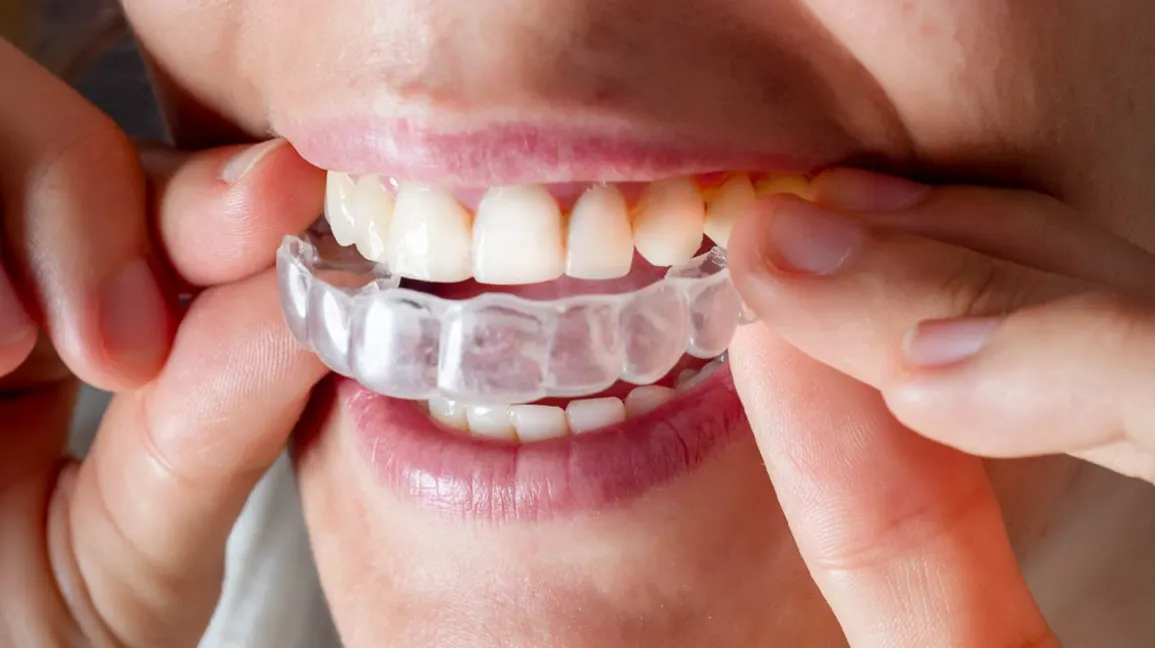At some point in your life, you may experience pain resulting from injuries or medical conditions. Pain can be acute, lasting for a short time, or chronic, staying for months or years. Pain management Midtown is a medical plan to help control and relieve your chronic pain. To provide relief, your doctor can recommend one treatment procedure or combine several for effective healing. In some cases, you may not get better immediately, so your doctor must develop a pain management plan to make you feel better. Many pain management treatments can help relieve pain, which include:
Medications
Depending on the type of pain, your doctor can recommend a prescription or over-the-counter drugs to reduce or relieve discomfort. Anti-inflammatory medications can help to reduce swelling. Pain relievers like ibuprofen and acetaminophen help to relieve pain. Antidepressants such as amitriptyline can help reduce pain. Your doctor can recommend lower doses of amitriptyline if you have fibromyalgia to ease discomfort.
Exercise
Exercises like yoga, swimming, jogging, and walking can help improve your chronic pain, posture, and body stability. Ensure you consult your doctor on the best exercise for your condition. Sometimes vigorous activities like running and rope skipping can worsen your problem. Exercise improves your physical and mental health, helping your overall body function appropriately.
Hands-on treatment
Physical therapies, massage, acupuncture, and chiropractic adjustments can help relieve pain. These treatment techniques involve your healthcare provider using hands to apply pressure gently on the affected body parts. The treatments reduce pain by enhancing relaxation, reducing swelling, boosting flexibility, circulation improvement, and minimizing stiffness. In most cases, your doctor will use these techniques alongside medications.
Counseling and therapy
Cognitive-behavioral therapy (CBT) and biofeedback manage your chronic pain by changing how your mind responds to physical discomfort. When you have chronic pain, you are at a high risk of developing depression. Your doctor can recommend counseling or meditation therapies to help manage your emotions. The doctor will get to understand the factors that make your pain worse or better to help plan an effective treatment plan.
Lifestyle changes
Specific lifestyle changes can help relieve pain. In some cases, being obese can worsen your pain and slow your healing process. Obesity commonly affects joint pain, especially in the legs. Your doctor can advise you on the best weight-loss strategies since losing weight helps improve your condition. Taking a healthy diet, drinking lots of water, and managing stress can lower your risk of chronic pain.
Hot and cold therapy
Heat therapy helps to improve blood circulation and relieve swelling and pain. Heat therapy involves placing a warm towel over the affected area for ten to twenty minutes. Cold treatment focuses on applying an ice pack wrapped in a cloth and placing it over the skin. It helps reduce inflammation and lowers blood flow hence decreasing pain. These techniques can relieve pain in bones, muscles, and soft tissue.
However, some conditions require long-term treatment to relieve your pain completely. Pain management helps reduce your symptoms and improve your general quality of life. Schedule an appointment at Ketaesthetic for pain management to relieve your discomfort.




